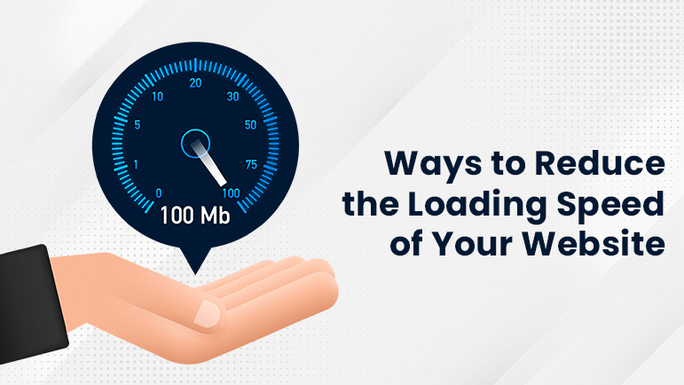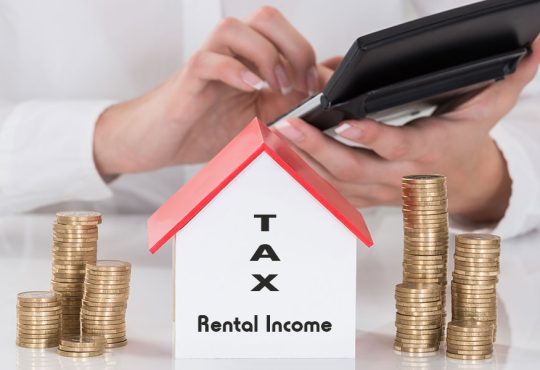
Users expect websites to load quickly since they are always on the go. It’s one thing to have an appealing and responsive website. Customers are more likely to abandon a site if the loading speed is slow, regardless of how great the website design is. Of all, you only have a limited amount of time to engage and retain your website visitors.
As a result, enhancing the website’s loading speed is important, not only for the ease of users but also for better rankings on the search engines. Hence, you can hire an SEO service company to take care of your website’s loading speed and performance.
In addition, search engines such as Bing and Google take load times into account when ranking websites in search results. For a variety of devices, including computers and mobile phones. It may not appear to be as crucial as other Google algorithms, but it must be taken into account if you want to get the most out of your SEO efforts. As a result, keeping track of how your site loads and how much time it takes is vital.
Here are some suggestions for improving the website’s loading speed.
How to Reduce the Loading Speed of Your Website
Now, as we have discussed and understood the importance of improving the site speed, it’s time to learn about the key metrics to improve it.
Below are given some of the ways that can help you load your business website faster.
Analyze the Current Website Speed
The first thing you’ll need to do is figure out how fast your website is currently loading. It will make it easier for you to track the areas that need to be improved. Also, it will guarantee that the adjustments you make positively improve website loading speed.
You can utilize several tools to examine how much time your business site takes to load. These include:
Page Speed: It is a free Firefox add-on that allows you to quickly assess the performance of the website or the web pages. Also, it offers ideas and tips for resolving website performance issues.
WebPage Test: It is another useful tool that demonstrates the website’s performance and speed across different browsers.
Optimize Images for Format and Sizes
The website’s images consume a significant amount of bandwidth, affecting its loading speed and duration. Compressing the website’s photos in HTML isn’t sufficient because it simply changes the image’s appearance, not its size. As a result, you may use image editing tools to compress photos without compromising their quality.
For example, you can use:
JPEG is a great format for images with a lot of details and colors, such as photographs
GIF is an ideal choice for images with few colors, like website logos
PNG is the right option when you require high-quality transparent photos
Overall, it’s best to stick with standard image formats like PNG, JPG, and GIF to improve the website’s loading performance.
Prevent Inline CSS and JS Files
When customers need to access specific files or data, having a lot of CSS and JS files on the website can result in excessive HTTP requests. Additionally, the browsers manage each visitor’s requests as unique.
As a result, it is always preferable to save the website’s CSS and JS files externally. The browser caches these files when the web page or site loads, which reduces the time it takes for repeated searches. Furthermore, having external JS and CSS files makes website maintenance much easier.
WebPage Caching is Essential
Web Page caching is one of the most effective ways to speed up the loading of a website. When you utilize the Content Management system to create web pages and database queries, it lowers server load as well as improves website display times.
Furthermore, while caching web pages, it maintains a cached version of the site that is displayed to the visitor rather than creating it whenever requested.
Reduce HTTP Requests
When you visit a new website or a webpage, the minor components impact the site’s loading speed. It includes graphics, scripts, and so on. Unfortunately, this causes the loading process to slow down.
You can reduce the number of requests a web page must make here, making it load faster. You can combine JS libraries and stylesheets to reduce the number of HTTP queries. Also, you can utilize CSS sprites to integrate various images.
Using the CSS-background image and position elements, you can combine the background pictures into a single image. Inline images can also be used in your cached stylesheets. In the same way, combine the Javascript and CSS files into a single file.
Prevent Redirects to Improve Website Speed
When you employ 301 redirects, the browser is forcibly redirected to a different URL, extending the time it takes for your website to load. As a result, the usage of 301 redirects must be prevented.
Avoiding redirects also speeds up the serving. However, certain redirections are unavoidable. As a result, having them in place is necessary, but keep in mind that it will necessitate more HTTP, which will raise load times. So, keep a check on broken links and, if you find any, amend them immediately.
Optimize the Dependencies
Tracking Scripts: While keeping track of website visitors is a good idea, using different tracking tools is not recommended or beneficial. It is because it can slow down webpage load times, affecting the overall website speed. If you’re using a CMS like WordPress, you’ll need to allow WP stats to run scripts or use Google Analytics. But make sure you don’t utilize both at the same time.
Plugins: The loading speed of a site with a large number of plugins is slowed. Not all of the plugins, however, are necessary. Social sharing plugins, for example, are essential for all types of websites these days. To avoid over-integration, always keep an eye on the best alternatives to plugins and try using CMS with built-in plugins.
CMS Software: If your website is designed with the WordPress CMS, ensure you check for software updates regularly. But do not make these changes live. All you have to do is perform the upgrades on the server one by one, test them, and then proceed with the implementation. Following the newest changes, this way will also help in improving the website’s speed.
Lessen Cookie Size
You might be aware that Cookies are used to store data that occurs across the requests. All of this information is provided with every request, which increases the load time. Hence, reducing the cookie size reduces the amount of data transferred. Eventually, the site’s loading time reduces. Also, you must avoid using unnecessary cookies or minimize their size.
Summing Up
Finally, if offering the best possible customer experience is a priority, website performance is one statistic to be prioritized. All of the suggestions are simple but effective in increasing the website speed, regardless of the type of business you run. Always remember that the quick the web pages load, the better the chances increase of visitor retention. So, do consider following all these tips and have a quick-loading business site.
Hope you find this write-up helpful in understanding how to reduce the time it takes for a website to load. Thanks for Reading!!
Also Read:
Web Design Key Steps for Small Business Websites
6 Strategies to Improve Customer Service using Queue Management System




